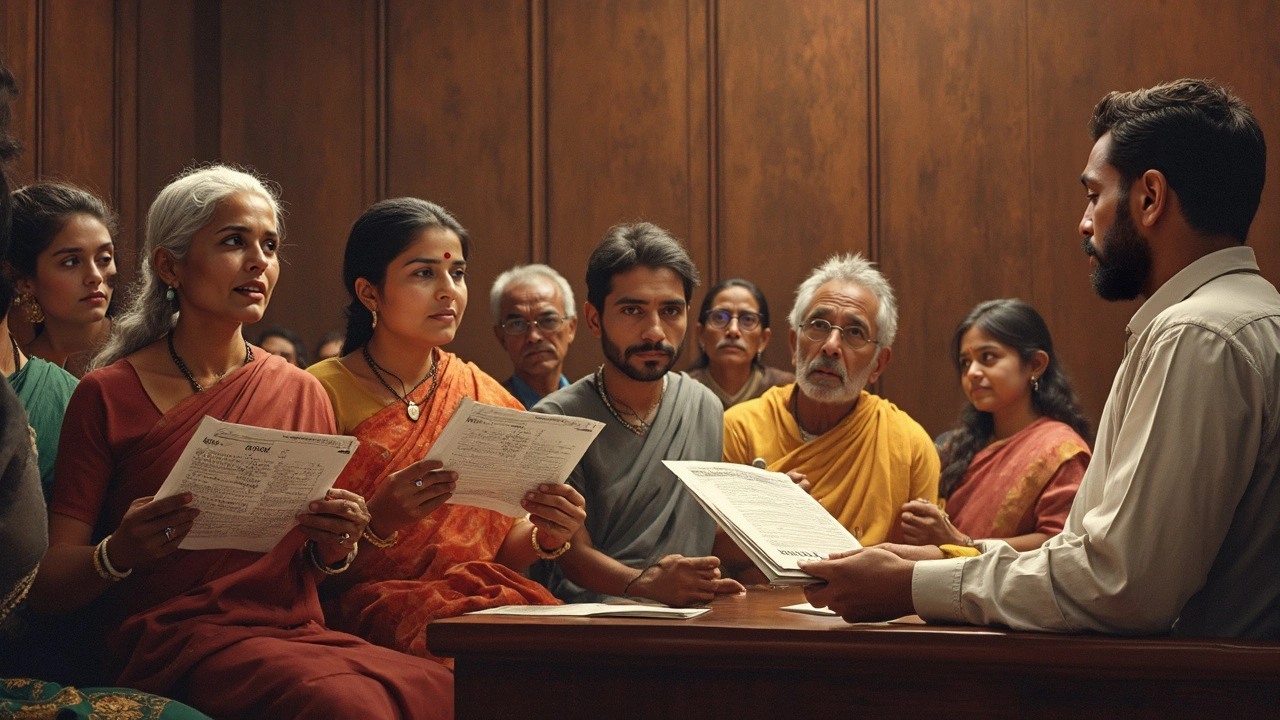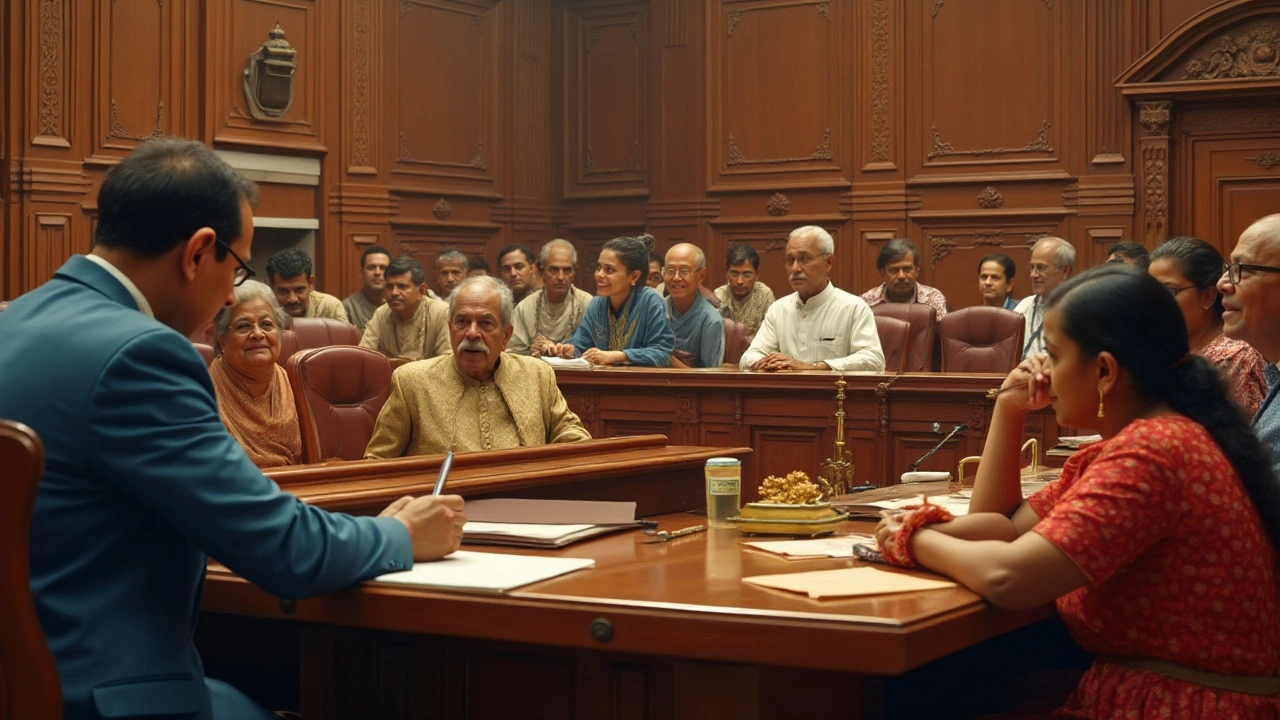Personal Injury Law: How to Claim Compensation in India
Got hurt because someone else was careless? You probably have the right to claim money for your medical bills, lost wages, and pain. Personal injury law in India makes sure victims aren’t left to foot the bill alone. Below we break down what counts as a personal injury case, the steps to file a claim, and common pitfalls to avoid.
What Counts as a Personal Injury?
Any harm caused by another person’s negligence or intentional act can be a personal injury case. Typical examples include road accidents, slip‑and‑fall injuries in shops, medical malpractice, and injuries at work that aren’t covered by workers’ compensation. The key is proving that someone else failed to act with reasonable care and that failure directly caused your injuries.
Step‑by‑Step Guide to Filing a Claim
1. **Seek medical help right away.** A doctor’s report not only treats you but also becomes vital evidence. Keep every bill, prescription, and test result.
2. **Collect evidence at the scene.** If it’s a traffic crash, get the police report, take photos, and note witness names. For a slip‑and‑fall, capture the hazardous condition and any warning signs missing.
3. **Notify the liable party.** Send a written notice to the person or company you think is responsible. This puts them on record and may prompt an early settlement.
4. **Hire a personal injury lawyer.** A lawyer familiar with Indian tort law can assess the strength of your case, calculate losses, and negotiate with insurers. Many lawyers work on a “no win, no fee” basis, so you pay only if you win.
5. **File a legal notice or suit.** If settlement talks stall, your lawyer will draft a legal notice demanding compensation. If there’s no response, the next step is filing a civil suit in the appropriate court.
6. **Prepare for court.** You’ll need to present medical records, loss of earnings statements, and expert testimony (like a doctor or accident reconstructionist). The judge will evaluate liability and the amount of damages.
7. **Get the judgment and collect.** Once the court decides, the other side must pay within the set time. If they don’t, you can enforce the judgment through execution proceedings.
**Quick tip:** Don’t talk to insurers without a lawyer. Their first offer is often far below what you deserve.
Common Mistakes to Avoid
Many claimants lose out because they wait too long to file. The Limitation Act in India gives you two years from the date of injury to start legal action. After that, the court can dismiss your case.
Another frequent error is under‑estimating non‑medical losses. You can claim for loss of future earnings, loss of enjoyment of life, and even mental trauma if you have proper proof.
Finally, sharing the story on social media before the case is settled can jeopardize your claim. Anything you post can be used against you in court.
Personal injury law can feel overwhelming, but the process is straightforward when you follow the right steps. Get medical help, gather proof, and talk to a lawyer early. With a clear plan, you’ll increase the chances of a fair payout and focus on getting back to normal life.

Pain and Suffering vs Personal Injury: Legal Differences Explained
Pain and suffering and personal injury sound similar, but they're not the same in law. Here’s how they differ in legal claims and real life.

Proving Damages: The Evidence You Need in a Personal Injury Case
Ever wondered what kind of proof actually convinces a court or insurance company that you really got hurt? This article breaks down the key types of evidence you’ll need to collect to show your losses after an accident. From medical bills to photos and even your own testimony, every piece adds up. Learn which details matter most, what can go wrong if you miss something, and why good evidence can make or break your case.

Black's Law Definition of Personal Injury: What You Need to Know
Ever heard lawyers mention 'the Black Law definition of personal injury'? This article nails down what it actually means without the legal jargon. It breaks down where the term comes from, explains why understanding it matters, and shows how it shapes your rights and claims. With smart tips and clear examples, you'll never get lost in lawyer-speak again. Get ready to know exactly where you stand if you’ve been hurt.

Punitive Damages: What Evidence Really Gets Results in Personal Injury Cases
This article breaks down the specific evidence you need to win punitive damages in a personal injury case. It explains the difference between regular and punitive damages, what courts look for, and how proof of reckless or intentional actions can make or break your case. You'll also get tips on collecting the right documents, using witness stories, and handling the legal process. If you're considering asking for punitive damages, this is the must-read, plain-English guide to what actually works.

How Much Should Your Personal Accident Cover Be?
Determining the right amount for personal accident cover can be tricky. It's about balancing financial protection with affordability. This article explores practical insights on choosing your coverage amount. You'll learn why understanding your lifestyle and risks is essential. Plus, some tips to help you make an informed decision.

Understanding Success Fees for Personal Injury Lawyers
Navigating the world of personal injury claims is tricky, especially when it comes to understanding lawyer fees. This article breaks down the concept of success fees commonly used by personal injury lawyers. It explains how these fees work, what you should know before agreeing to a contingency fee arrangement, and offers practical tips for those pursuing a claim. Get a clear picture of what to expect financially when engaging with a personal injury lawyer.

Understanding Pain and Suffering in Personal Injury Claims and Punitive Damages
Pain and suffering are terms widely used in legal contexts, especially concerning personal injury claims. They refer to the physical and emotional distress one may experience after an injury. In legal claims, this type of damage is separate from punitive damages, which are meant to punish the negligent party. Understanding the difference between these types of damages is crucial for anyone involved in a personal injury case. This article will explore the nuances and legal definitions involved in compensating pain and suffering versus seeking punitive damages.